7 Foods You Can Eat This Winter to Up Your Vitamin D Intake

Throughout most of the year, our bodies rely on direct exposure to sunlight to trigger vitamin D production in our skin. However, during the winter months, it can be particularly difficult to get enough. With shorter days and fewer hours of sunlight, many people become deficient in this important vitamin, which is why adding vitamin D-rich foods to your diet is so important.
For one, your immune system needs vitamin D to help fight off colds and infections, which are more prevalent during the winter. Additionally, vitamin D supports bone health, helps regulate blood pressure, reduces the risk of insulin resistance, and affects mood. Without adequate levels, you may feel more fatigued, experience muscle weakness, or even struggle with depressive symptoms, which can be more common in the darker, colder months.
With all that in mind, doctors say these are the best foods you can eat this winter to up your vitamin D intake.
RELATED: 16 Vitamin D Deficiency Symptoms to Watch Out For, According to Doctors.
1
Salmon
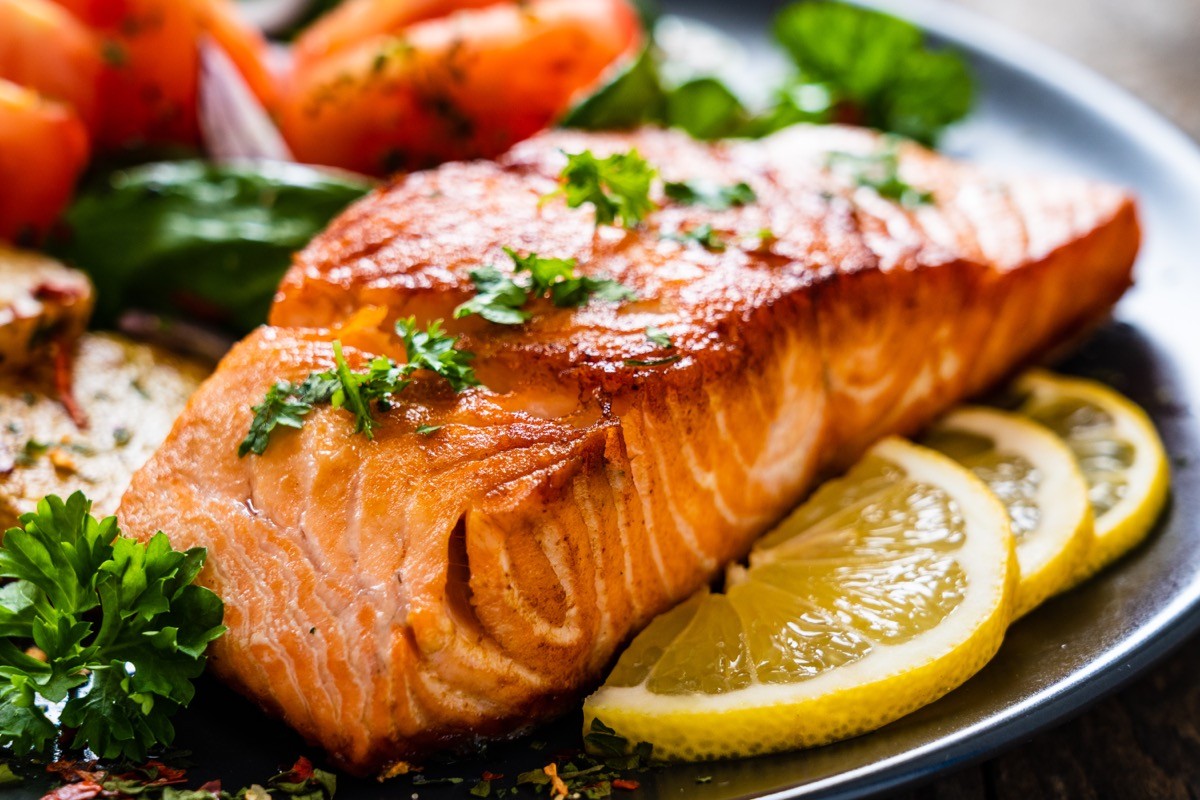
Eating fatty fish is one of the best ways to get vitamin D naturally, says Raj Dasgupta, MD, a quadruple-board certified physician and chief medical advisor for Garage Gym Reviews.
“Just a small serving of salmon can give you all you need for the day. It’s great for keeping your bones strong, supporting your immune system, and even lifting your mood when the winter blues hit,” he tells Best Life.
Chris Mohr, PhD, RD, fitness and nutrition advisor at BarBend, adds that you can obtain roughly 600 IU of vitamin D from just three and a half ounces of fresh salmon. “It’s also a good way to get more omega-3 fatty acids which are helpful for better heart health,” he says.
2
Canned tuna or sardines
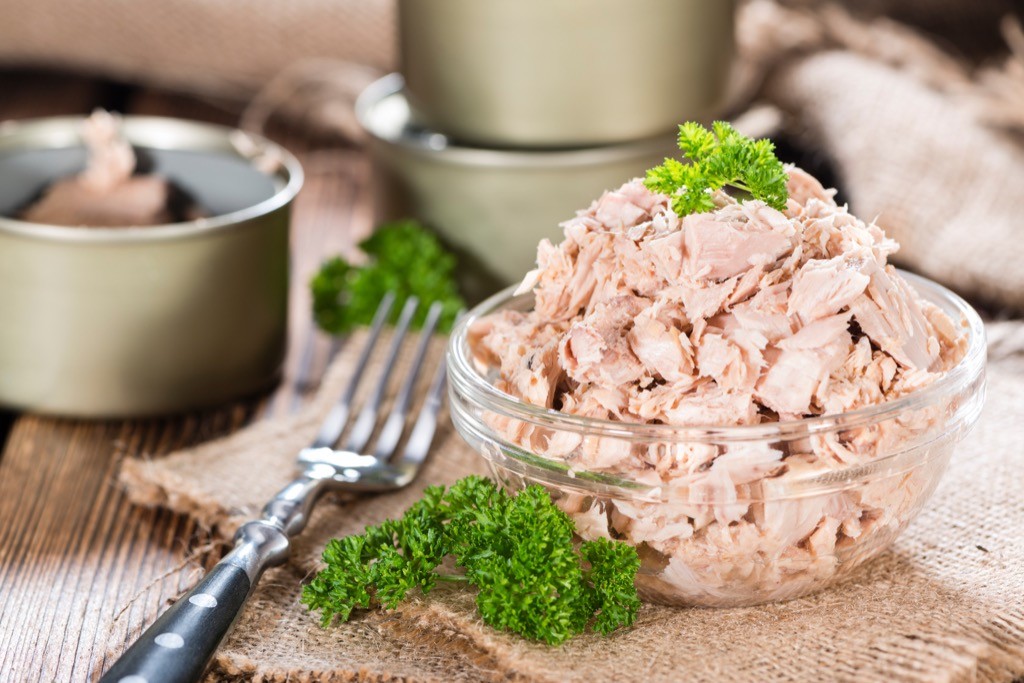
Canned tuna and sardines offer another way to work more vitamin D into your diet.
“For a budget-friendly option, canned tuna is practical and provides around 236 IU of vitamin D per every three and a half ounces. It’s also packed with niacin and vitamin K,” says Mohr.
“Meanwhile, three and a half ounces of canned sardines provide close to 200 IU’s of vitamin D, along with a hefty dose of omega-3s—essential fats that humans need,” he adds.
RELATED: This Uncommon Supplement Can Improve Your Sleep and Mood, New Study Says.
3
Egg yolks
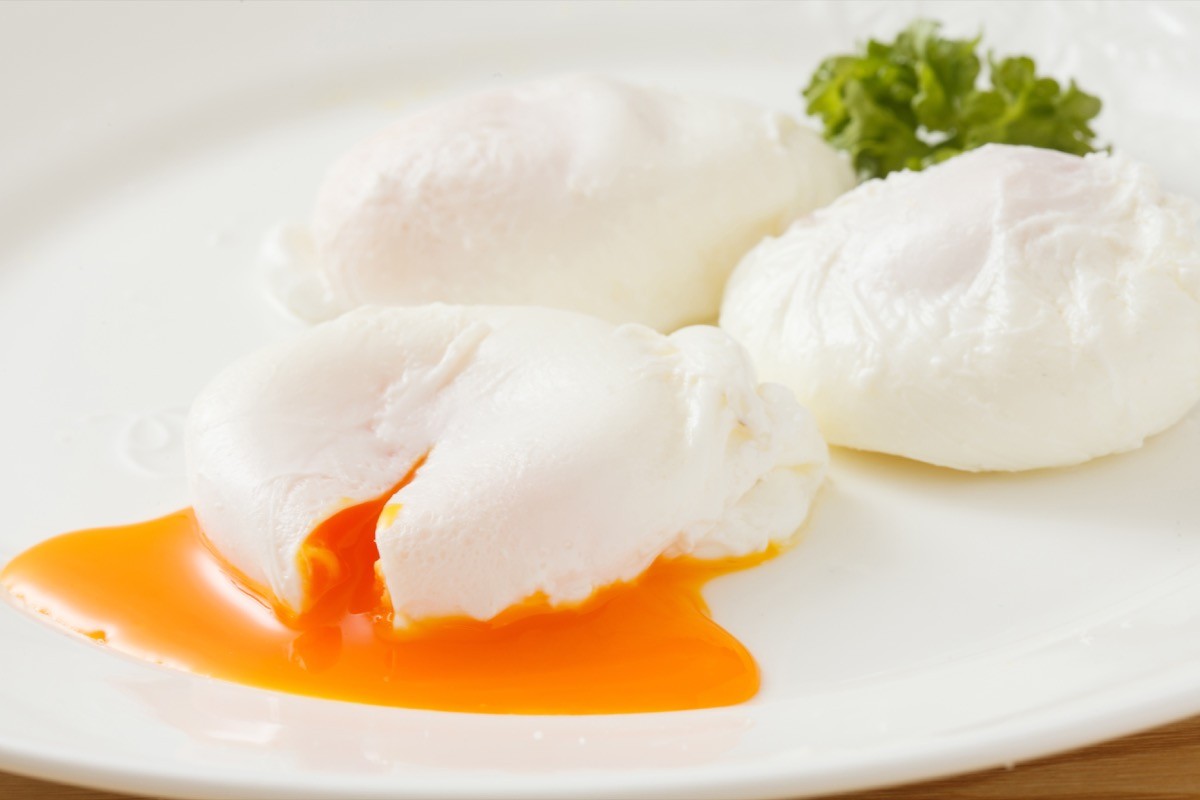
Next, Mohr says you can get between 37 to 59 IU of vitamin D for every egg you eat. They’re also nutrient-dense, offering a complete form of high-quality protein, vitamin B12, selenium, phosphorus, choline, and antioxidants.
“Most of the vitamin D in eggs is in the yolk, so don’t skip it!” the nutrition expert advises.
4
Mushrooms
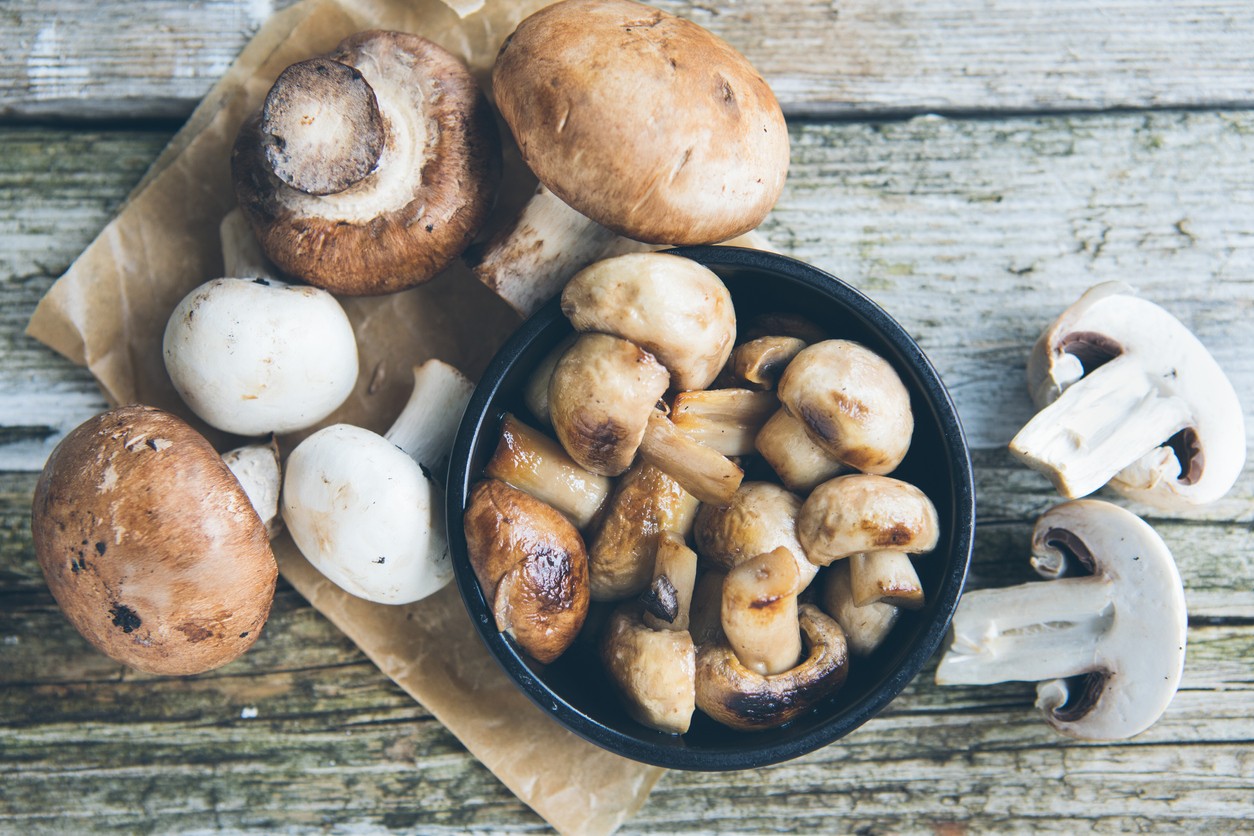
Mushrooms are a great, low-calorie source of fiber, selenium, vitamin B6, potassium, and other nutrients. Depending on the type of mushrooms you eat, they can also be a good source of ergosterol, which is converted into vitamin D when exposed to ultraviolet light.
“Depending on the type, mushrooms can offer up to 450 IU per 100 grams of vitamin D2,” says Mohr.
RELATED: What Happens to Your Body If You Don’t Get Enough Vitamin D, Doctors Say.
5
Fortified foods

“Many foods are fortified with vitamin D, like some dairy products, orange juice, soy milk, and cereals. This is a good strategy to make sure you get enough vitamin D, especially for those on a vegetarian or vegan diet,” explains Mohr.
Dasgupta recommends pairing fortified cereals with fortified milk for a targeted approach to increasing your vitamin D levels.
6
Cheese
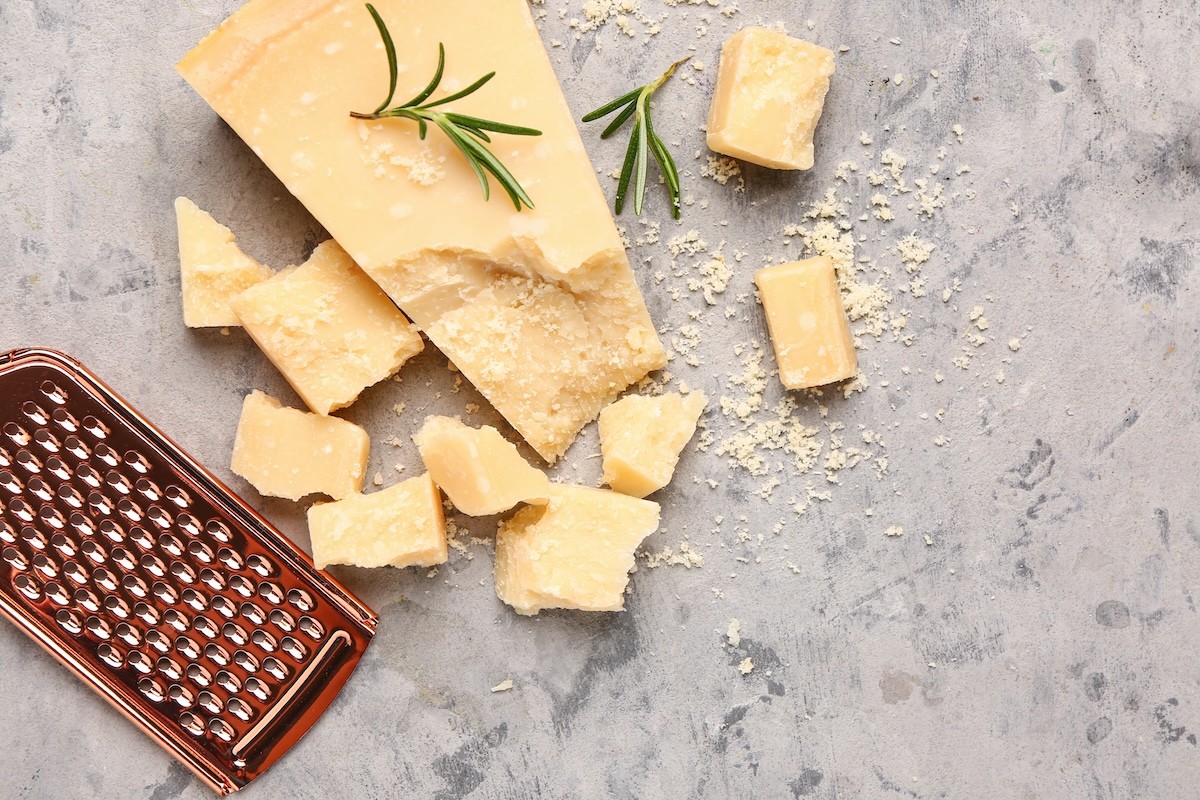
Cheese offers another way to increase your vitamin D intake this winter. In fact, some types of cheese can contain up to 30 IU of vitamin D per one-cup serving.
“Cheese doesn’t have tons of vitamin D, but every little bit helps,” says Dasgupta. “Parmesan and Swiss are good options for adding a small boost to your diet.”
RELATED: This “Powerhouse” Vegetable Is the Healthiest, CDC Says—But You’re Probably Not Eating It.
7
Cod liver oil
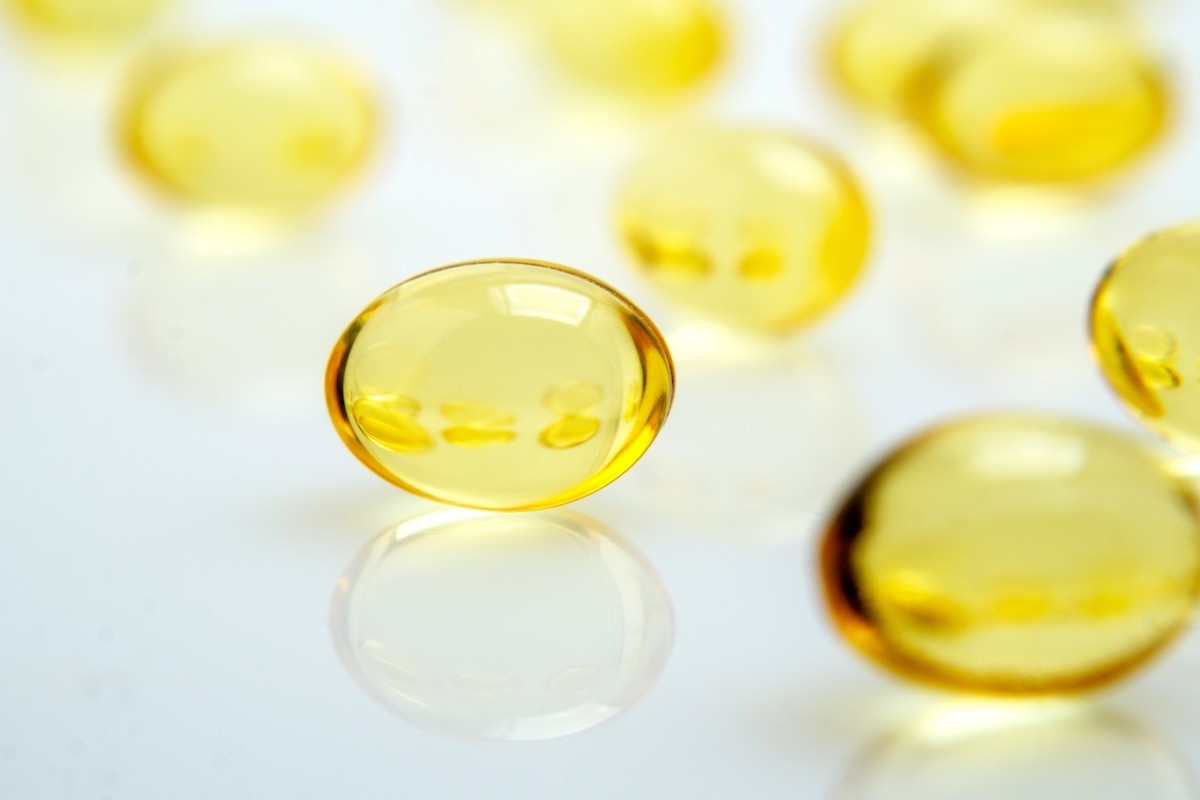
While it’s not exactly a food, taking a daily dose of cod liver oil may help boost your immune system, lower inflammation, improve eye health, bone health, joint health, and more. It contains omega-3 fatty acids, vitamin A, and vitamin D.
“If your diet isn’t giving you enough vitamin D, cod liver oil is a classic go-to. Just one teaspoon provides more than your daily requirement and comes with the added bonus of omega-3s for heart and brain health,” says Dasgupta.